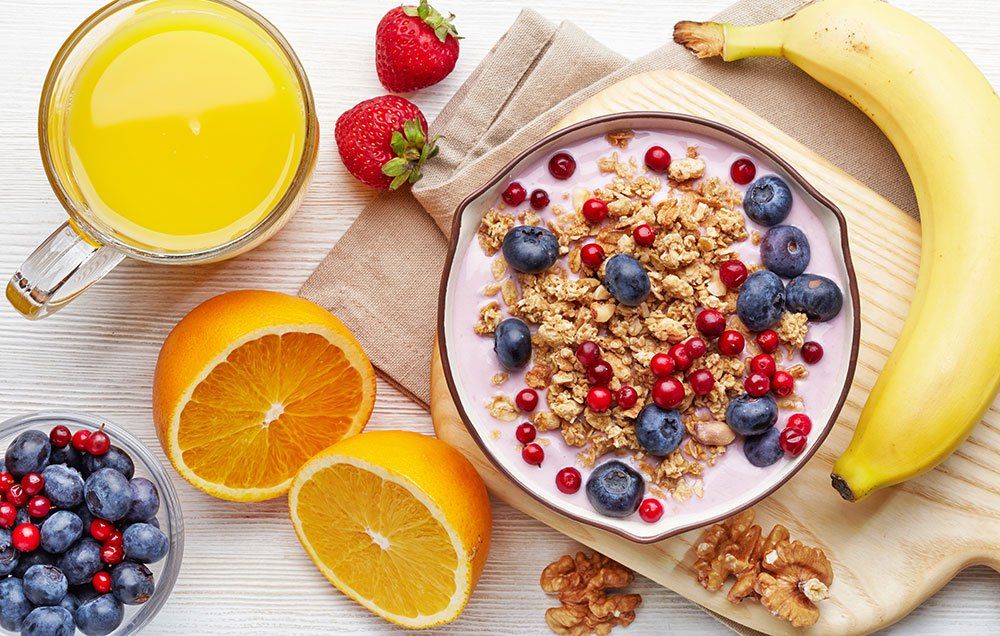Fat Loss Diet
Losing weight can be a daunting task for many people, but it is not impossible. One of the most effective ways to lose weight is through a fat loss diet. A fat loss diet is a type of eating plan that is designed to help you lose fat while preserving muscle mass. In this blog post, we will explore the basics of a fat loss diet and provide some tips on how to implement it in your daily routine.
What is a Fat Loss Diet?
A fat loss diet is a type of eating plan that is designed to help you lose fat while preserving muscle mass. This type of diet typically involves reducing your calorie intake and increasing your protein intake. The idea behind this is to create a calorie deficit, which means you are consuming fewer calories than your body needs to maintain its current weight. When your body is in a calorie deficit, it will start to use stored fat for energy, leading to weight loss.
Basics of a Fat Loss Diet
Caloric Deficit: The first and most important aspect of a fat loss diet is creating a caloric deficit. This means you need to consume fewer calories than your body needs to maintain its current weight. To determine how many calories you should be consuming, you can use an online calorie calculator or consult a registered dietitian.
Protein Intake: The second aspect of a fat loss diet is increasing your protein intake. Protein is essential for preserving muscle mass while losing fat. The recommended daily intake of protein is 0.8 grams per kilogram of body weight. However, for those looking to lose fat, it is recommended to consume 1.2-1.5 grams of protein per kilogram of body weight.
- Carbohydrate Intake: Carbohydrates are an important source of energy for the body, but they can also be a source of excess calories. When following a fat loss diet, it is important to limit your carbohydrate intake to complex carbohydrates such as whole grains, fruits, and vegetables. Simple carbohydrates such as candy, soda, and white bread should be avoided.
- Fat Intake: While it may seem counterintuitive, fat is an important part of a fat loss diet. However, it is important to choose the right types of fats. Healthy fats such as avocados, nuts, and olive oil should be included in your diet, while saturated fats such as butter and lard should be avoided.
Tips for Implementing a Fat Loss Diet
Meal Planning: Meal planning is an essential part of a fat loss diet. Planning your meals ahead of time can help you avoid making unhealthy choices when you are hungry and short on time.
Portion Control: Even healthy foods can be consumed in excess, leading to a calorie surplus. It is important to practice portion control and measure your food to ensure you are staying within your calorie goals.
Water Intake: Drinking water is important for overall health, but it can also help with weight loss. Drinking water can help you feel full, reducing the likelihood of overeating.
Exercise: While a fat loss diet is important for weight loss, exercise is also essential. Exercise can help you burn calories, preserve muscle mass, and improve overall health.
Conclusion
Losing weight can be challenging, but with the right approach, it is possible. A fat loss diet is an effective way to lose weight while preserving muscle mass. The key to success with a fat loss diet is creating a caloric deficit, increasing protein intake, and choosing the right types of fats and carbohydrates. By implementing these tips, you can successfully lose weight and improve your overall health.
checkout some other : fat lose healthy body

Post a Comment